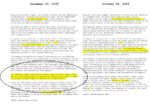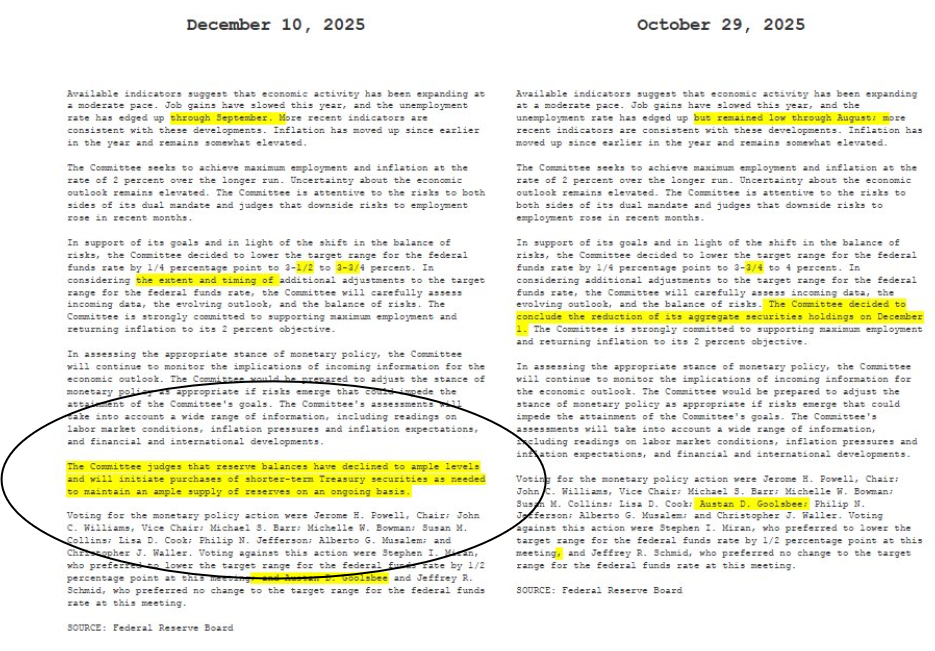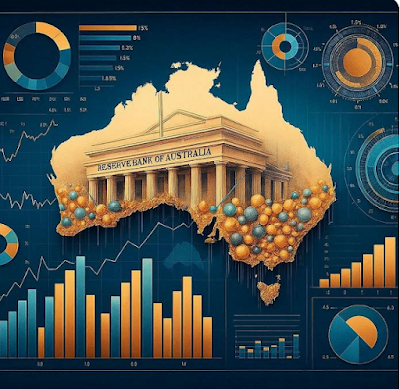The US dollar has been the world reserve currency since 1944. At the Bretton Woods Conference, the dollar was pegged to gold and every other currency was pegged to the dollar. The fixed exchange rate system that emerged provided a stable environment for international trade and investment, as all countries had a currency value that was, directly or indirectly, tied to a fixed gold price.
The system began to unravel in the 1970s due to economic challenges faced by the United States, including the need to finance its war in Vietnam while simultaneously dealing with French president Charles de Gaulle’s demands that the US return France’s gold. His discontent may have been prophetic, foretelling a similar future sentiment. He said,
US imperialism leaves no field unoccupied. It takes every form, but the dollar is the most insidious. We pay the US to purchase us. So each time we have dollars, we will convert them into gold. Everyone should do the same. . . . Political pressures will no longer be used to manipulate money.
In August 1971, President Richard Nixon suspended the convertibility of the dollar into gold, effectively ending the gold standard and transforming the dollar into a total fiat currency. The value of fiat money is solely based on the faith and trust one has in its government. Interestingly, since 1913, the dollar has lost more than 97 percent of its purchasing power due to inflation.
Why Is the Dollar Still the Reserve Currency of the World?
Despite being a fiat currency, the dollar has managed to retain its privileges due to its extensive usage in international trade and financial markets and its association with one of the world’s largest economies. One of the primary drivers to attaining the status of the world’s reserve currency is the petrodollar, which refers to the role of the dollar as the primary currency used for international oil trade.
In the 1970s, following the oil crisis and the subsequent agreement between the Organization of Petroleum Exporting Countries and major oil-producing nations, oil was priced and traded in dollars, which meant that people purchasing oil had to use the dollar, creating a high demand for it.
The petrodollar system brought significant benefits to the United States. As global demand for its currency increased, this system allowed the US to maintain its economic influence and control over the international financial system. It also helped stabilize the dollar and supported its status as a global reserve currency.
However, with these privileges came great responsibilities toward all nations. Following the Golden Rule, the United States had a moral and ethical obligation to treat others as it would like to be treated. It failed on this crucial responsibility, and the consequences are now obvious.
In contracts, the language calls for “duty of good faith and fair dealing,” which prohibits one party from interfering with the other’s performance or undermining their expected benefits. A breach of this duty is a serious legal offense.
Similarly, in international relations, utilizing hegemony to shape international systems through coercive or noncoercive means violates this fundamental principle of law. It is a dangerous path, particularly when the global reserve currency is weaponized to achieve political, economic, or military dominance.
Unless the US practices what it preaches toward other nations, confidence will erode, and global trade and economic stability will be threatened worldwide. Given the interconnectedness of the world, pulling on one string of the spiderweb will shake the entire web. We are witnessing this phenomenon with the emergence of a global rebellion by nations that threaten to abandon the dollar as the world’s reserve currency to return to a more responsible form of money backed by gold.
Despite efforts by state regulators to find solutions, their actions have mostly been ineffective due to strong political opposition. Professor William Greene proposed an alternative approach in an article titled “Ending the Federal Reserve from the Bottom Up.” He suggested focusing on the negative mandate of Article I, Section 10 of the US Constitution, which states that “no State shall . . . make any Thing but gold and silver Coin a Tender in Payment of Debts.” He called this approach the “Constitutional Tender Act,” a template for a bill that can be introduced in every state.
His approach is intriguing, but it remains a risky proposition. At best, it would take months, if not years, to align the collective political will necessary to rectify the situation. Clearly, it is not the optimal choice.
It is imperative for all fifty US states to prepare for a potentially catastrophic collapse of the US dollar along with the ensuing worldwide aftermath. The resulting damage at the state level could be unimaginable.
What Is the Best Option?
Every surfer knows that there’s a precise moment to start paddling to catch a wave before it breaks. Start too early and it crashes upon you. Start too late, you miss it entirely. Timing is crucial if we want to harness the full power of the waves. Likewise, any state aiming to break free from the Federal Reserve must be prepared to seize that wave as soon as possible.
This new wave is the coalition of nations advocating for a sound monetary system backed by gold to replace the US dollar as the global reserve currency. The collective strength of this group allows them to fearlessly voice their dissatisfaction alongside other discontented national leaders. It’s a formidable pushback that is rapidly gaining traction. Beginning June 14, 2023, over one hundred countries have convened at the economic summit in St. Petersburg, Russia, to discuss the creation of such a gold-backed monetary system to replace the US dollar as the dominant currency.
What Is the Solution for a State?
Surprisingly, it is more simple than we might imagine. While the dollar won’t be displaced overnight, fostering a competitive environment where it needs to compete with sound money backed by gold is the best option for all fifty states. Citizens can decide which currency they trust, and the laws of supply and demand will determine the winner.
Currently, there are seven US states with existing laws granting legal tender status to foreign currencies that have legal tender status within their foreign borders. These states are Texas, Louisiana, Florida, Oklahoma, Tennessee, Alaska, and Arkansas.
Once a foreign country gives legal tender status to a secure, stable, functional, transparent, and legitimate gold-backed monetary system within its territory, it will have de facto legal tender status in these seven US states. Many friendly nations will soon have a solution to offer these seven states who are well positioned to catch that wave when the opportunity presents itself.
Local governments should take proactive measures to prepare for the inevitable. While a governor’s executive order to supplement existing laws may not be necessary, such an order could help rally and focus statewide attention on the opportunity. One or more of these seven states could become a powerful magnet, attracting individuals who seek to move away from fiat currencies to money backed by gold. There is a significant first-mover advantage awaiting any state (or a group of states acting in unison) that takes the lead.
Full story here Are you the author? Previous post See more for Next postTags: Featured,newsletter





























